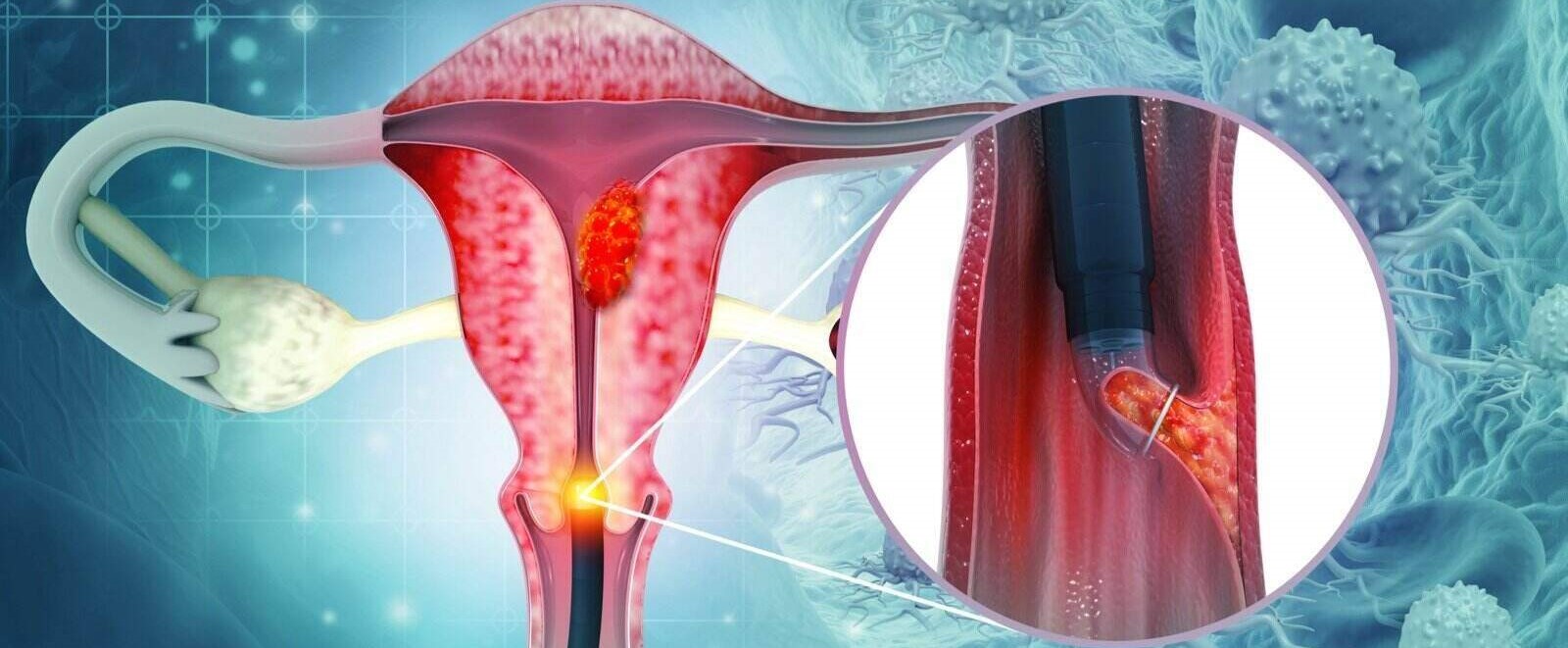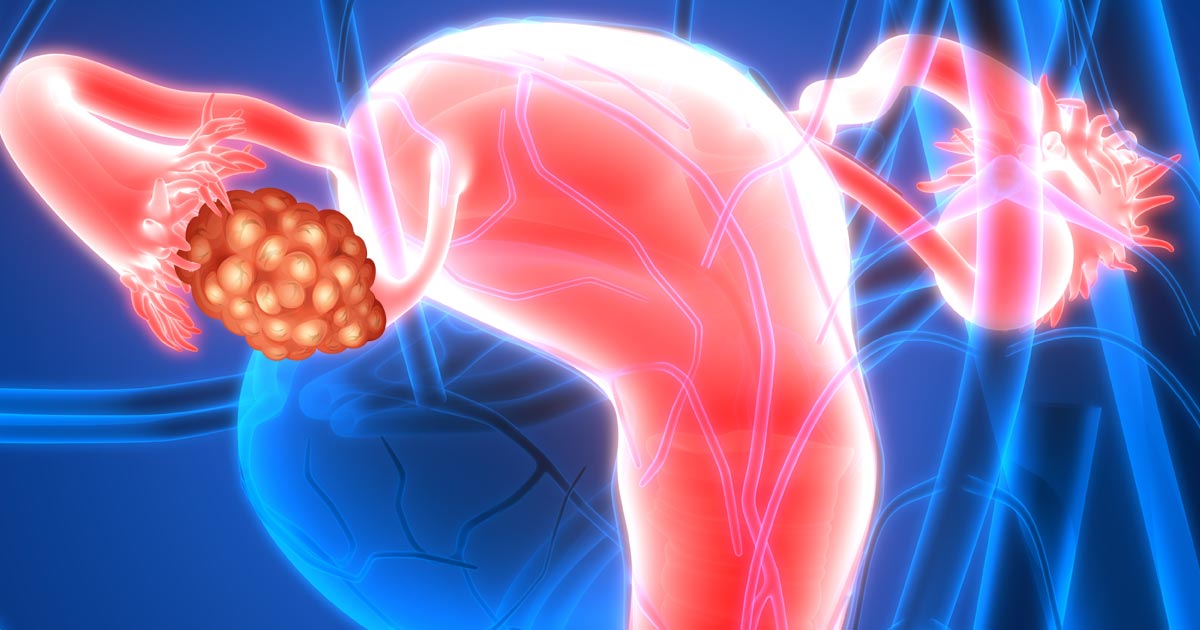What is endometriosis?
Endometriosis is a chronic gynecological condition where the tissue that normally lines the uterus, called the endometrium, grows outside the uterus. This tissue can be found on the ovaries, fallopian tubes, bladder, intestines, or other pelvic organs. Endometriosis can cause severe pelvic pain, intense menstrual cramps, fertility issues, and other symptoms.
Causes of endometriosis
Endometriosis has many causes, including genetic factors and exposure to environmental toxins such as dioxin. A key element in triggering the disease is 'retrograde menstruation'. Normally, during menstruation, most of the blood flows from the uterine cavity to the vagina to be expelled. However, in most women, some of the menstrual blood also flows back into the abdominal cavity through the fallopian tubes and contains cells from the lining of the womb.
If these cells develop increased resistance, they can remain in the peritoneal cavity, adhere to the peritoneum or even implant, forming endometriotic lesions. In the presence of endometriosis and retrograde menstruation, some of the menstrual blood enters the peritoneal cavity and promotes the formation of endometriotic lesions and adhesions.
Symptoms of endometriosis
Endometriosis can cause various symptoms, but it's important to note that the severity of symptoms can vary greatly from person to person. Some common symptoms of endometriosis include:
- Difficulty conceiving: Some women find it difficult to become pregnant, and infertility may be a symptom of endometriosis.
- Difficulty passing urine (dysuria): Endometriosis can cause pain when passing stools or urinating, especially during menstruation.
- Painful sexual intercourse (dyspareunia): Endometriosis can cause pain during or after sexual intercourse, known as dyspareunia.
- Menstrual disorders: Irregular menstrual cycles, heavy bleeding or longer than normal periods may be experienced.
- Frequent pelvic pain: Pelvic pain, often associated with the menstrual cycle, is one of the most common symptoms of endometriosis. It can be severe and chronic.
- Pain during menstruation (dysmenorrhoea): Severe menstrual cramps are common in women with endometriosis.
Mechanisms of infertility associated with endometriosis
Endometriosis can lead to infertility issues in some women, although not all women with this condition necessarily experience difficulties in conceiving. The exact mechanisms are not fully understood, but several factors may contribute to endometriosis-related infertility. Here are some possible explanations:
- Anatomical changes: Endometriosis can cause adhesions, cysts or scar tissue in the pelvic region, disrupting the normal structure of the reproductive organs. This can impede the movement of eggs and sperm, making fertilisation difficult.
- Inflammation: Endometriosis causes inflammation in the pelvic cavity, which can affect the quality of eggs, sperm and embryos. This inflammation can also alter the uterine environment, making it more difficult for the embryo to implant.
- Hormonal dysfunction: Hormones play a key role in the menstrual cycle and reproduction. Endometriosis can disrupt the natural hormonal balance, affecting ovulation, egg quality and the regularity of the menstrual cycle.
- Altered immune response: It is thought that abnormalities in the body's immune response to endometrial cells outside the uterus may contribute to infertility associated with endometriosis.
- Chemical production: Endometriotic lesions can produce local chemicals that may interfere with fertilisation or embryo implantation.
Treatment of endometriosis to improve fertility
Treatment of endometriosis to improve fertility depends on the severity of the disease, the specific symptoms of each individual, and the desire to conceive. Here are some common approaches:
- Surgery: In cases where endometriosis is severe, surgery may be recommended to remove endometrial lesions, adhesions and cysts. Surgery can be performed through laparoscopy (a less invasive technique) or, in some cases, by laparotomy (more invasive abdominal surgery). Removal of lesions can improve fertility, but this depends on the location and extent of the endometriosis.
- Hormone treatment: Some hormone treatments may be prescribed to control the growth of endometriosis and relieve symptoms. These may include oral contraceptives, progestins, gonadotropin-releasing hormone agonists or anti-inflammatory drugs.
- In vitro fertilisation (IVF): IVF may be considered for women who have difficulty conceiving because of endometriosis. Ovulation is stimulated, eggs are collected and fertilised in the laboratory, and the resulting embryos are transferred to the uterus.
- Controlled ovarian stimulation: This approach uses medications to stimulate egg production, followed by egg retrieval for in vitro fertilisation (IVF) or intrauterine insemination.
- Reproductive repair surgery: In some cases, specific surgical procedures may be performed to address anatomical problems related to endometriosis, such as repairing fallopian tubes.

